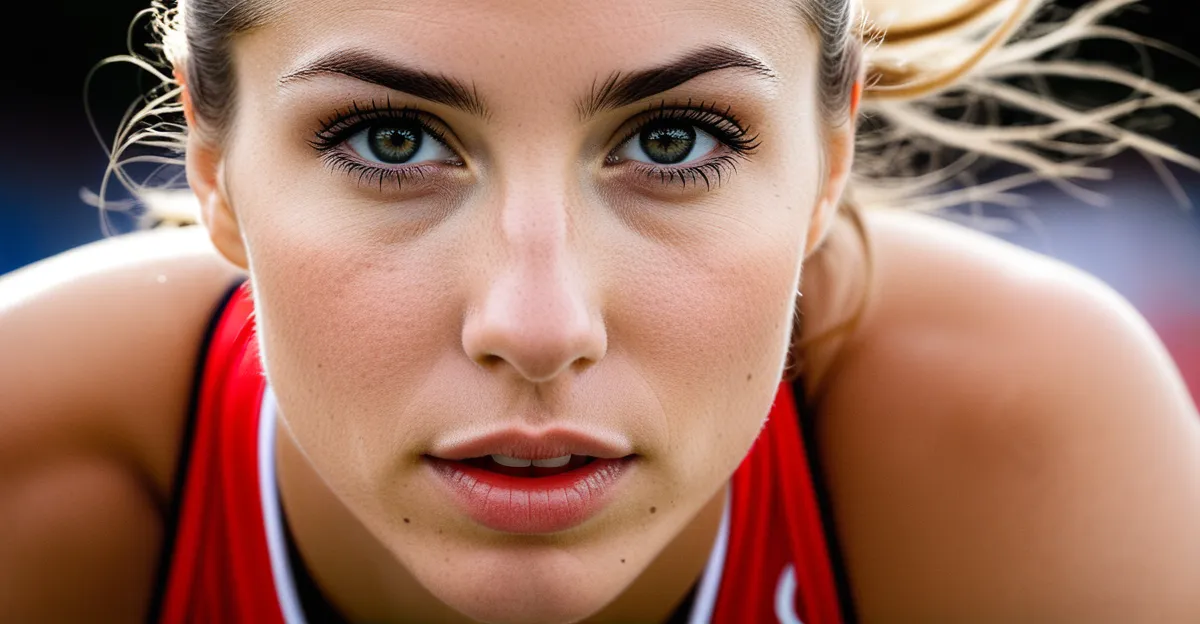Key Gender Inequality Barriers in UK Sports
Gender inequality in sports remains a significant challenge in the UK, particularly for women. Despite progress, barriers for female athletes continue to restrict their participation and hinder career advancement. Women in UK sports often face fewer opportunities, impacting their visibility and professional growth.
One major barrier is the lack of equitable access to competitive platforms. Female athletes encounter restrictions that limit their ability to compete at the same frequency and level as their male counterparts. This disparity cascades into fewer chances for skill development and recognition. Moreover, systemic issues within sports organizations perpetuate these obstacles, making sustained progress difficult.
Also read : How do UK sports teams incorporate diversity and inclusion?
Statistics underline the persistence of inequality. For example, women in UK sports represent a smaller proportion of professional athletes and receive significantly less support than men. These gaps manifest not only in participation rates but also in the quality of training, competition exposure, and career longevity.
Addressing these barriers requires acknowledging their multifaceted nature. The impact on female athletes encompasses limited professional pathways, reduced motivation, and diminished public engagement. Understanding this context is crucial to forming effective strategies that promote fairness and inclusivity for women in UK sports.
This might interest you : What Role Does Nutrition Play in the Success of UK Athletes?
Pay Disparities and Funding Gaps
Financial inequality remains one of the most pressing barriers for female athletes in UK sports. The pay gap in UK sports is stark, with women often earning substantially less than their male counterparts in salaries, prize money, and sponsorship deals. For example, top male footballers and rugby players regularly command multimillion-pound contracts, while many women in similar leagues receive only a fraction of that financial support. This gap not only reflects income disparity but also affects long-term career sustainability for women in UK sports.
Inequalities extend beyond salaries to sponsorship and grants. Female athletes frequently encounter less lucrative sponsorship opportunities due to limited media exposure and public visibility, which directly impacts their financial backing. Research shows that sports funding inequalities result in fewer resources allocated to women’s teams and individuals, affecting everything from training quality to competition readiness.
Recent cases illustrate these funding gaps clearly. High-profile campaigns by female athletes have drawn attention to the struggle for equal pay and funding, spotlighting how these disparities limit growth and professional advancement. Without addressing the core issue of financial support, gender inequality in sports will continue to restrict female athletes’ potential and the overall development of women’s sports in the UK.
Media Representation and Public Perception
Media coverage of female athletes in the UK remains limited and often stereotypical, reinforcing existing gender inequality in sports. Women’s sports media tends to allocate significantly less time and space to female athletes compared to men, which diminishes their public visibility. This underrepresentation directly influences sponsorship opportunities, as brands and advertisers generally favor athletes with higher media profiles.
The effects of poor media coverage of female athletes extend beyond financial aspects. Lack of exposure contributes to diminished public interest and awareness, further perpetuating barriers for female athletes trying to build professional careers and fanbases. When women in UK sports are portrayed, coverage often focuses on personal characteristics rather than athletic achievements, undermining the recognition they deserve.
Efforts to improve representation in UK sports media are gaining traction. Some initiatives work to increase the volume and quality of coverage through dedicated platforms and partnerships with broadcasters. These initiatives aim to challenge stereotypes and promote balanced portrayals that highlight the skills and successes of female athletes. Advancing media representation is vital for closing the visibility gap and fostering broader support for women’s sports.
Access to Facilities and Resources
Access to sports facilities and quality resources remains a critical barrier for female athletes in the UK. Women in UK sports often face unequal availability of training venues, equipment, and support services compared to their male counterparts. This discrepancy affects both grassroots and elite levels, limiting opportunities for skill advancement and performance consistency.
At the grassroots level, many female athletes encounter restricted access to suitable sports facilities. Clubs frequently prioritize male teams for prime training times and better-equipped venues, creating scheduling conflicts and inadequate preparation environments for women. This unequal allocation reduces motivation and inhibits growth in participation among girls and women.
Elite female athletes also report challenges in accessing specialized resources such as physiotherapy, nutrition support, and advanced training technology. These deficits contribute to a competitive disadvantage, as comprehensive resources are essential for sustaining high performance and injury prevention. Without equal facility access, barriers for female athletes compound, influencing retention and career longevity.
Several clubs and programs have emerged to address these facility and resource gaps. Initiatives aiming to provide tailored equipment and expand training opportunities specifically for women demonstrate how targeted support can mitigate inequality. Enhancing access to sports facilities and resources is fundamental to fostering a more inclusive environment, enabling women in UK sports to thrive at all levels.
Experiences of Harassment and Discrimination
Harassment and discrimination remain pressing barriers for female athletes in the UK, deeply affecting their participation and wellbeing in sports. Reports indicate that many women in UK sports encounter verbal abuse, inappropriate behavior, and biased treatment from coaches, peers, or officials. This environment undermines confidence and often leads to premature withdrawal from training or competition.
What is the prevalence of harassment in sports? Studies show a concerning frequency, with a notable percentage of female athletes experiencing harassment at some point in their careers. Such incidents disproportionately impact women’s motivation and mental health, creating additional challenges beyond the physical demands of sport. Discrimination can also manifest through unequal selection processes, biased evaluations, or exclusion from leadership roles.
How does discrimination affect athlete retention? Discrimination against female athletes lowers retention rates by fostering hostile environments that discourage long-term commitment. Women may feel undervalued or unsafe, which hinders their career progression and diminishes diversity in UK sports. These effects compound existing inequalities, emphasizing the need for robust safeguards.
What measures are in place to prevent harassment and discrimination? Recent safeguarding policies introduced by governing bodies focus on education, reporting mechanisms, and zero-tolerance approaches. These initiatives aim to create safer spaces for women in UK sports by promoting awareness and accountability. While progress is ongoing, continuous improvement and enforcement remain essential to eradicate these barriers fully.






